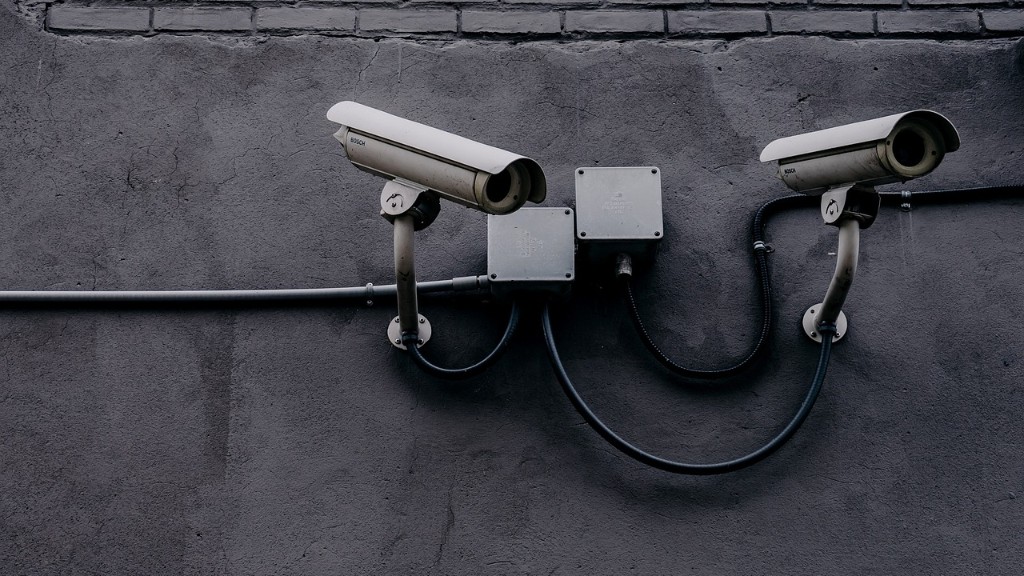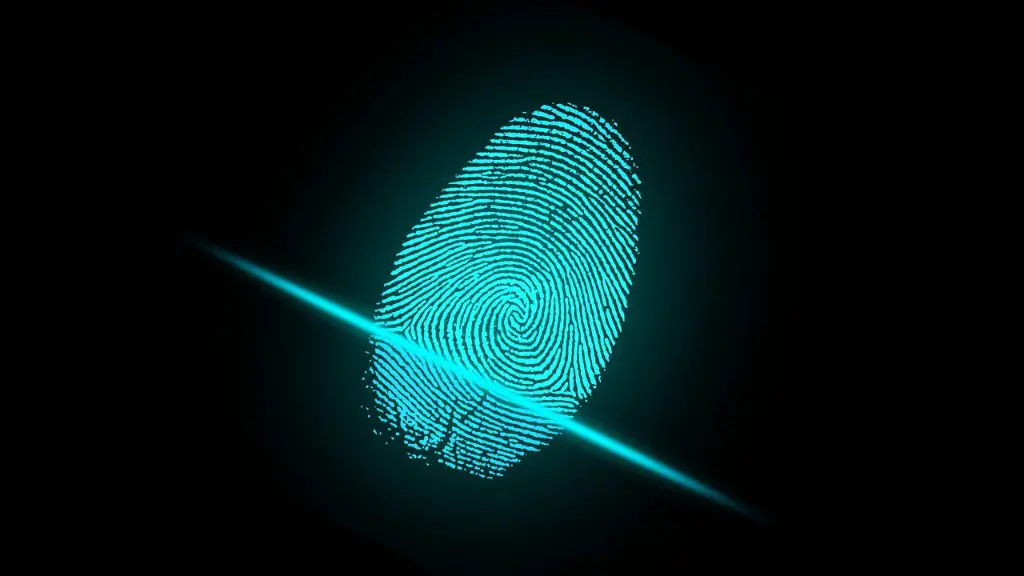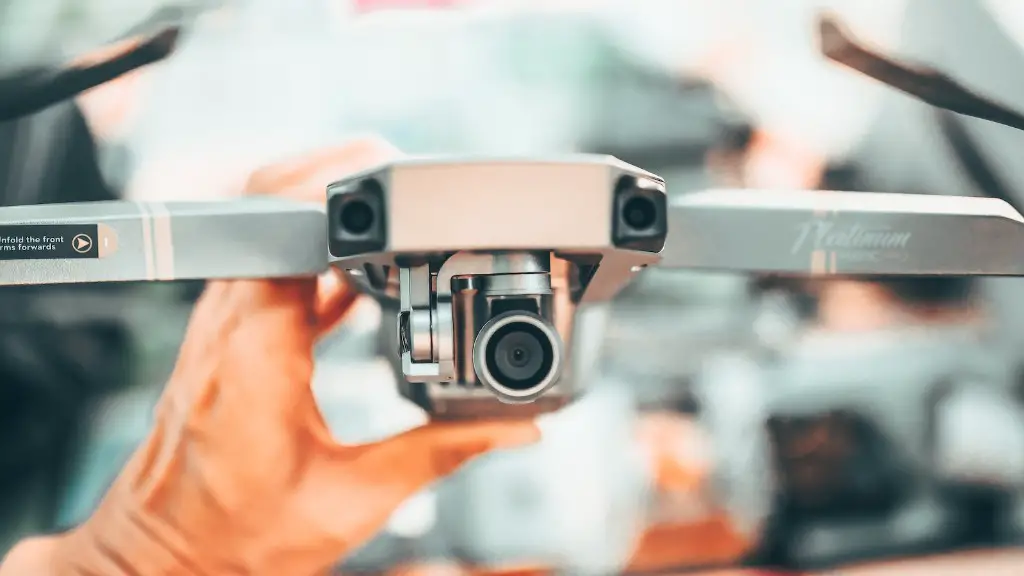The CIA Triangle: Definition and Significance
The CIA triangle is a fundamental tool used to measure and assess the performance, security, and stability of a company. It is composed of three components: Confidentiality, Integrity, and Availability. Together, they provide an organization with an objective means to gauge the effectiveness of its information security program, as well as allowing management to illustrate the importance of its associated resources.
Confidentiality (or secrecy) is the term used to describe how sensitive data, or information is kept secure from unauthorized access or disclosure. This is to ensure that critical information, like passwords, financial records, and confidential agreements, remain confidential. Integrity is the measure of the accuracy and completeness of data, which can be affected by malicious code, unauthorized changes, or errors. Security controls must be in place to maintain the integrity of the data. Lastly, availability is the measure of the ability to access and use the data where and when needed.
The significance of the CIA triangle is concisely illustrated in upholding the security of an information system. It is also used as a benchmark for how an organization implements its security standards, as well as determining how secure the organization’s systems are. By implementing the CIA triangle, an organization can prioritize its security practices, as well as measure the adequacy and stability of its systems.
Tools and Best Practices for the CIA Triangle
For the CIA triangle to be effective, it is important to understand the tools and best practices that can be employed to maintain its components.
First, confidentiality must be maintained by implementing various access controls such as proper user authentication, encrypting sensitive data, implementing access rights, and monitoring users and systems.
Second, data integrity must be ensured by performing regular backups, implementing processes for change control, and utilizing anti-virus and other security measures.
Third, data availability must be maintained by utilizing redundant systems and connecting to reliable remote services for backups.
A well-rounded security program, in addition to the tools and best practices outlined above, should include regular vulnerability assessments and penetration testing, security awareness training, and a robust incident response plan.
The Importance of the CIA Triangle in Good Corporate Governance
Good corporate governance goes beyond financial performance and address the “way a company is run”. This involves ensuring all areas of the business run efficiently, with a focus on protection personnel, customers, shareholders (or owners), and other stakeholders.
For the company to be successful, corporate governance should be the foundation of a company’s business model and strategy. This includes proper management and reporting of all IT operations, including the application of the CIA triangle.
The three components of the CIA triangle are essential for good corporate governance as it helps organizations protect their valuable and sensitive data from unauthorized access. It helps integrate the security measures into the business process and can be used as a tool for businesses to demonstrate compliance with applicable laws and regulations.
Businesses should also consider partnering with a trusted technology management service provider to ensure their organization is complying with the regulations and best practices necessary for proper corporate governance, and that the proper security measures are in place.
Risk Management and the CIA Triangle
The CIA triangle is a useful tool to help organizations identify and manage risks associated with data security. By understanding how these components play a role in a successful information security program, organizations can design a risk management plan that addresses all three components by making use of best practices, tools, and solutions.
Organizations should take the necessary steps to secure the integrity, such as ensuring data accuracy through proper backups, change control and access rights. In addition, organizations should also consider implementing solutions to protect the availability of data by maintaining systems with redundant components or connecting to remote services for backups. Finally, organizations need to focus on encrypting data, enforcing secure access controls, and monitoring users and system to ensure data confidentiality.
The CIA triangle is a powerful tool that can help organizations identify and manage risks effectively, as well as creating a secure and resilient environment for data.
Securing IT Infrastructure with the CIA Triangle
Securing an IT infrastructure is of paramount importance for any organization. Having a secure IT infrastructure will protect an organization’s valuable assets, reduce the cost of breach response, and enhance customer trust.
Organizations should focus on the three components of the CIA triangle while designing a secure IT infrastructure. This includes ensuring secure authentication processes, efficient access control, encrypting data, and protecting against malware. Organizations should also look into implementing a system for data governance, performing regular backups, and using anti-virus software.
In addition, organizations should also consider making use of decentralized authentication systems and utilizing cloud services for greater security and availability. Furthermore, organizations should also look into deploying a robust incident response plan and performing regular risk assessments to monitor the security of their IT infrastructure.
The Role of the CIA Triangle in Cyber Security
The CIA triangle is an essential tool for organizations looking to protect themselves against cyber risks. Cyber threats can come in many forms, such as phishing emails, malware, and data breaches. The CIA triangle helps organizations identify and understand the risks associated with their systems and take the appropriate steps to mitigate them.
Organizations should design their security program with the CIA triangle in mind. This includes implementing robust access control measures and encrypting data, performing proper backups and change controls, and deploying anti-virus software. Additionally, organizations should consider implementing a system for data governance, making use of cyber security frameworks, and training their personnel on cyber security best practices.
In addition, organizations should also consider investing in cyber insurance to protect themselves against financial losses associated with a breach, as well as engaging a managed security service provider for additional layers of protection.
The Significance of Indicators of Compromise in the CIA Triangle
Indicators of compromise (IOCs) are clues that hint at a potential security breach. By understanding these indicators and how they affect the CIA triangle, organizations can detect and mitigate the risk of a breach.
The indicators of compromise are divided into two categories: Input and output. Input indicators are clues that indicate a threat is attempting to gain access, while output indicators are clues that suggest the output of an attack.
Organizations should focus on indicators and their associated outputs to detect and manage security threats. Examples of input indicators include unintended access attempts, failed authentication attempts, and unauthorized changes to system configuration. Examples of output indicators include usage of malware, unauthorized modifications to data, and misconfigured systems.
Organizations should monitor for these indicators of compromise and respond accordingly by taking the necessary steps to mitigate the risk. Organizations should also understand the implications of a breach and how it affects the CIA triangle.





